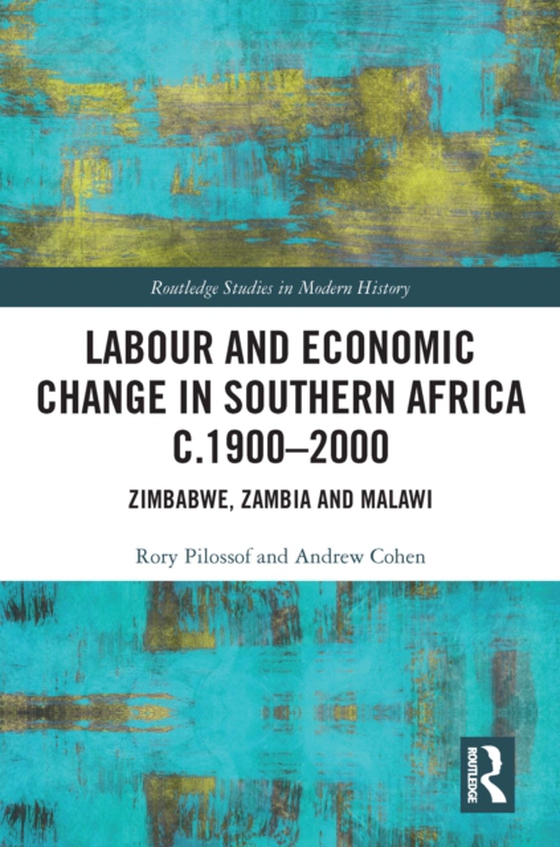
Labour and Economic Change in Southern Africa c.1900-2000 e-bog
329,95 DKK
(inkl. moms 412,44 DKK)
This book explores the social and economic development of Zimbabwe, Zambia and Malawi over the course of the twentieth century.These three countries have long shared and interconnected pasts. All three were drawn into the British Empire at a similar time and the formation of the ill-fated Federation of Rhodesia and Nyasaland formally linked these countries together for a decade in the mid-twent...
E-bog
329,95 DKK
Forlag
Routledge
Udgivet
3 juni 2021
Længde
218 sider
Genrer
1HFMS
Sprog
English
Format
pdf
Beskyttelse
LCP
ISBN
9781000394924
This book explores the social and economic development of Zimbabwe, Zambia and Malawi over the course of the twentieth century.These three countries have long shared and interconnected pasts. All three were drawn into the British Empire at a similar time and the formation of the ill-fated Federation of Rhodesia and Nyasaland formally linked these countries together for a decade in the mid-twentieth century. This formal political relationship created dynamics that resulted in yet closer economic and social links. After Federation, the economic realities of industry, transport and labour supplies meant that these three countries continued to be intricately interconnected. Yet despite these connected pasts, comparative work on the economic histories of Malawi, Zambia and Zimbabwe, and how these change over time, is rare. This book addresses the gap by providing the first comprehensive collection of labour and census data across the twentieth century for these three countries. The different economic models and performances of these states offer good comparison, allowing researchers to look at different models of development, and how these played out over the long-term.The book provides data on population growth and change, industrial and occupational structure, and the various shifts in what the economically active population did. It will be useful for historians, economists, development studies scholars and non-governmental organisations working on twentieth-century and contemporary southern Africa.
 Dansk
Dansk

